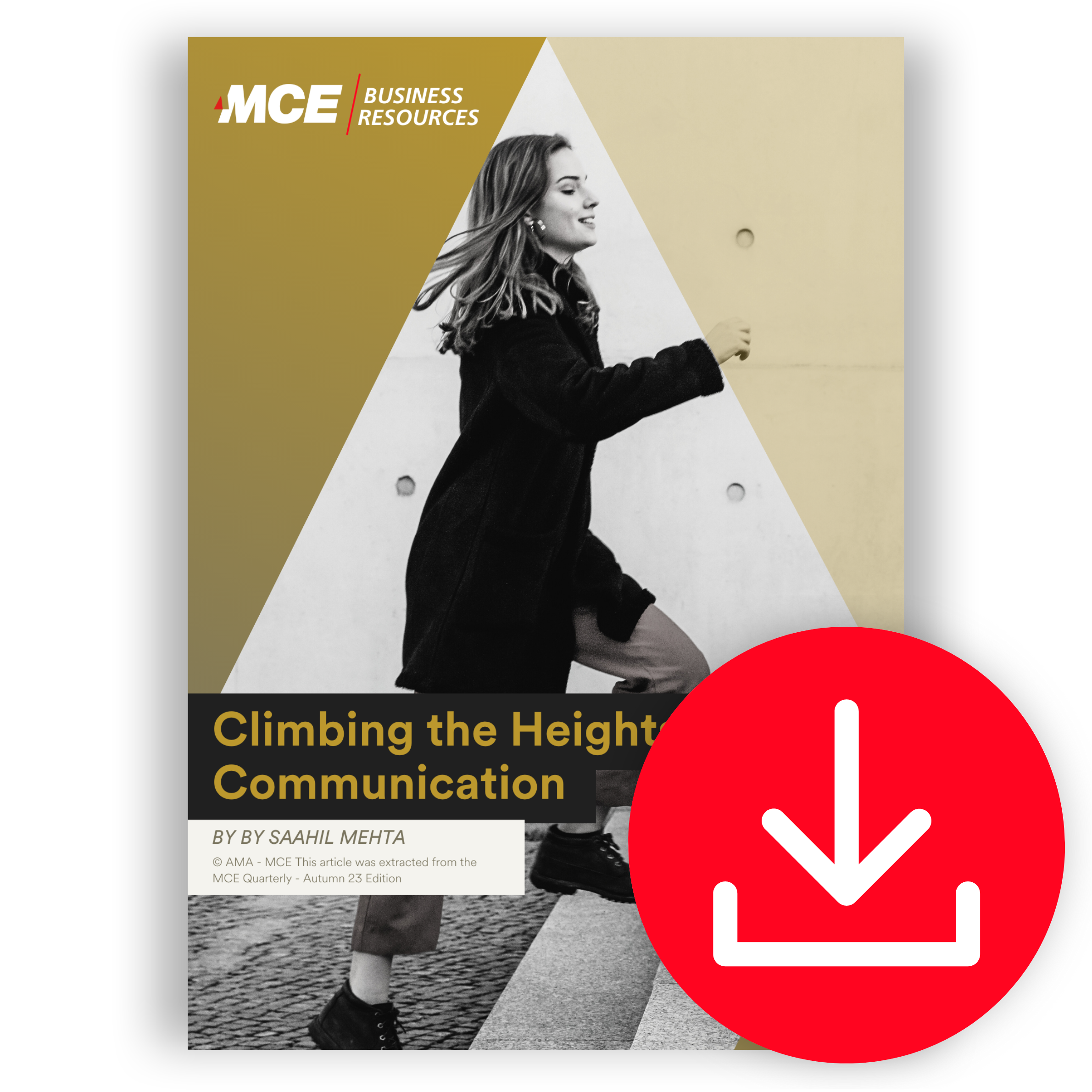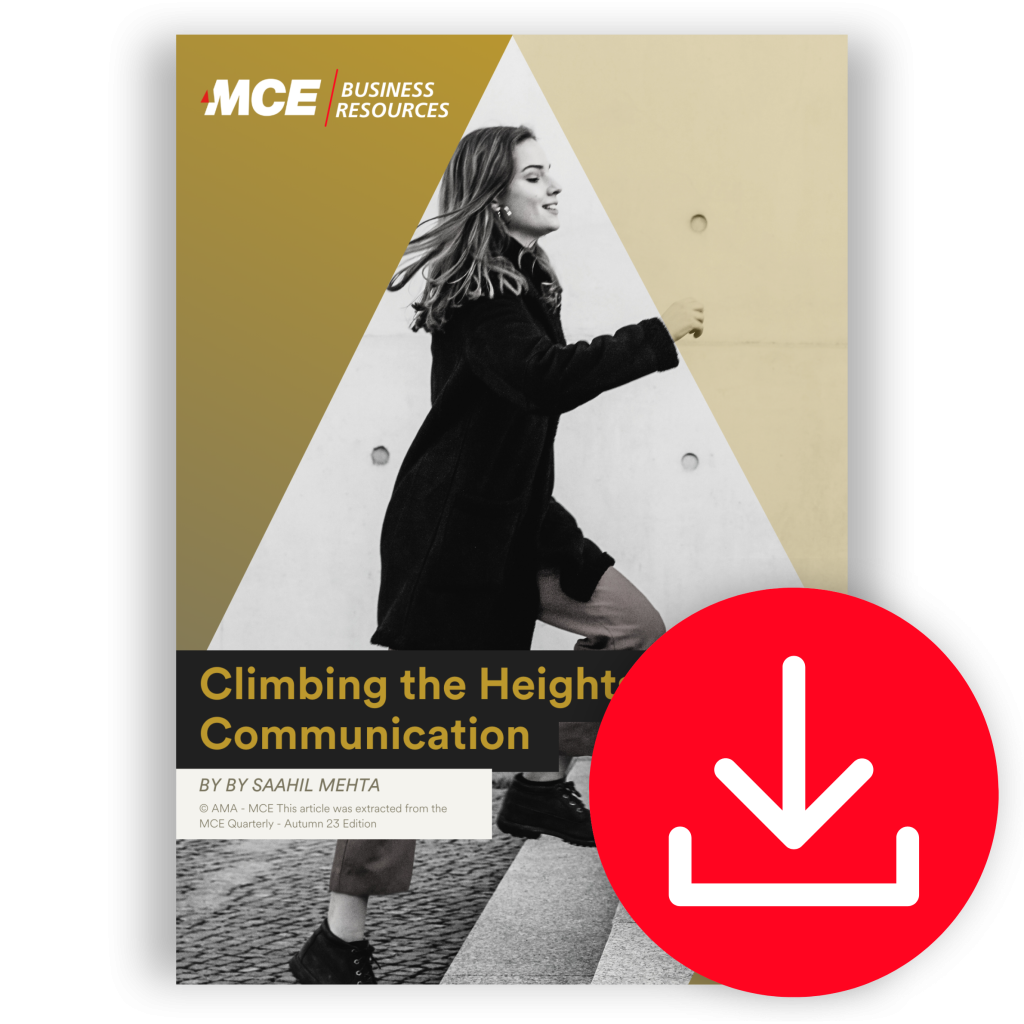
What happens when communication goes wrong?
Poor communication can cause you to lose time, relationships, well-being, or a lot of money. According to consultant David Grossman in his 2011 Holmes Report article “The Cost of Poor Communications,” the total estimated cost of employee misunderstanding was $37 billion in companies with 100,000 employees in a survey of 400 U.S. and U.K. corporations. This cost included actions or errors of omission by employees who had misunderstood or were misinformed about company policies, business processes, job function or a combination of the three. Misunderstanding cost each company an average of $62.4 million per year.
What if it cost you your life? Mountaineers like myself take communication very seriously. We are at the mercy of the forces of nature, and poor communication can cause a serious injury if not death. Back in December 2010, my wife and I were climbing to the top of Kala Patthar in Nepal at 5,545 meters above sea level. Because it was off-season, we met the same small group of people every day, allowing us to get acquainted with one another. One afternoon, one of the climbers was not in sight, so I asked my lead guide about his where abouts only to find out that he had passed away due to altitude sickness. I was shocked. How did this happen? Questions started running around in my head. What if the guide had communicated better by checking in with the climber more regularly? What if the climber had communicated better about his physiology? What if…? The point is, the reasons could be endless, but the loss of life could have been avoided through better communication.
What if we could communicate in our day-to-day lives like we do on mountains, as if our life depended on it? We could save a lot of pain and scale our summits of success faster.
WAYS OF COMMUNICATING
In today’s world, we communicate through multiple mediums, such as text, voice, and visual (facial expressions and hand gestures), and both in person and virtually. In addition, we communicate across the country, if not globally, with people of different ages who have different languages as their mother tongue. The key question then becomes, how can we be sure a message was properly communicated?
To answer this question, we need to break communication down into three components, two of which are in the control of the communicator (intention and behavior) and one of which is in the control of the receiver (comprehension).
Intention. You may have the intention of communicating a particular message, but your behavior would suggest otherwise.






